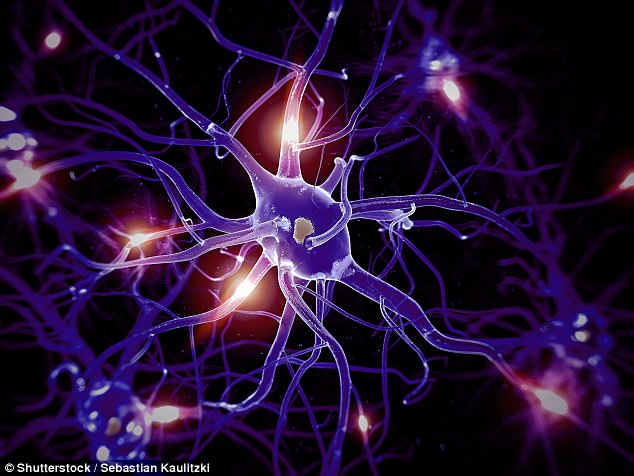Giant voids of nothingness may be flinging the universe apart
The pressure from enormous gaps of emptiness, which may be tearing the cosmos apart, may be the source of dark energy.
According to recent study, the vast deserts of nearly nothingness that make up the majority of the cosmos may be accelerating the expansion of the universe. This implies that the enigmatic force thought to be tearing the cosmos apart, dark energy, might be explained by these huge expanses of emptiness.
Greetings from the desert
When you zoom out as far as the solar system and the Milky Way galaxy, the cosmic web, the biggest pattern in nature, becomes visible. Astronomers witness long, thin strands of galaxies called filaments, dense groupings called clusters, and between them all large expanses of practically absolute nothingness at these scales, where entire galaxies appear as small spots of brightness. The greatest of these arid regions, known as the enormous cosmic voids, may measure more than 160 million light-years in width. The smallest of these arid regions is 20 million light-years across.
The voids, like the spaces in a spider web, make up most of the volume of the cosmos even though they contain essentially no matter. The cosmic gaps are, in fact, the biggest objects in the cosmos, larger even than the cosmic web itself, which runs from one end of the observable world to the other.
No electricity whatsoever
Cosmic gaps were discovered for the first time by astronomers in the late 1970s, but have since mostly gone unnoticed. Instead, astronomers and cosmologists have concentrated on the universe's brilliantly lighted formations, such galaxies and clusters. Astronomers in the 1990s discovered dark energy as a surprise as a result of such research.
The observed rapid expansion of the cosmos is known as dark energy. This indicates that the cosmos is not only growing every day but also getting bigger and bigger by the second.
This phase of rapid expansion, which appears to have begun some 5 billion years ago, remains unknown to astronomers. Dark energy was coined as a clever moniker for this enormous cosmic puzzle.
What connection does dark energy have to the voids? One reason is that the consequences of rapid expansion are not observed within star systems or galaxies because matter's gravitational pull there more than negates their effects. Dark energy, for instance, has not caused the Milky Way or our own solar system to expand. But since the gaps are so nearly empty, they are much more susceptible to the impacts of dark energy. Therefore, it seems sense to look at the nature of this rapid expansion in the areas where it has the most impact.
Additionally, a recent study that was co-authored by a group of Iranian theoretical physicists extends this line of reasoning. The authors of an article that was approved for publication in the journal Monthly Notices of the Royal Astronomical Society: Letters and posted to the preprint archive arXiv in July assert that dark energy is not only present in the voids but is also created by them.
from the shadows
How may faster growth be caused by these enormous void regions? The authors claim that the solution lies in studying both the dynamics and presence of cosmic gaps.
Cosmic gaps don't just happen. They started out little and evolved into the massive structures they are now, much like all other large things in the cosmos. All the stuff in the cosmos was distributed quite equally billions of years ago; there were no significant disparities in density. However, over time, any location with a little bit more matter than usual began to draw additional matter to it. That area had even greater attractiveness with more matter, which encouraged even more development. Matter gathered throughout billions of years to create galaxies, groupings, and clusters.
The gaps also became larger and empty as those constructions expanded. However, we may consider the expansion of voids as applying pressure to the nearby structures rather than perceiving it as a passive process. For instance, when voids expand, the walls of the galaxies separating them gradually get thinner until they finally fall apart, allowing voids to combine. The gaps will eventually dissolve the cosmic web during the next few billion years, driving all matter into isolated clusters separated by hundreds of millions of light-years of empty space.
In the same way that any other source of matter or energy in the cosmos does, this pressure bends space-time(opens in new tab) surrounding the voids. Due to the space-time distortion, when the voids grow, the galaxies near their edges are pushed against, which causes them to split despite their gravitational attraction for one another.
The scientists discovered that the cosmic web's dissolution is hastened by the combined influence of all the enormous gaps in the cosmos. This void-driven rapid expansion's power is consistent with existing dark energy estimations.
To test this theory, astronomers will need to do more research. To effectively determine the combined pressure of the spaces, we first need additional measurements of the vacancies. We also need to learn more about dark energy itself, particularly whether its intensity has altered over the last several billion years. Even yet, it's a fascinating hypothesis: perhaps dark energy isn't brought about by some mysterious cosmic force or process, but rather arises naturally as nothingness evolves.




Comments
Post a Comment